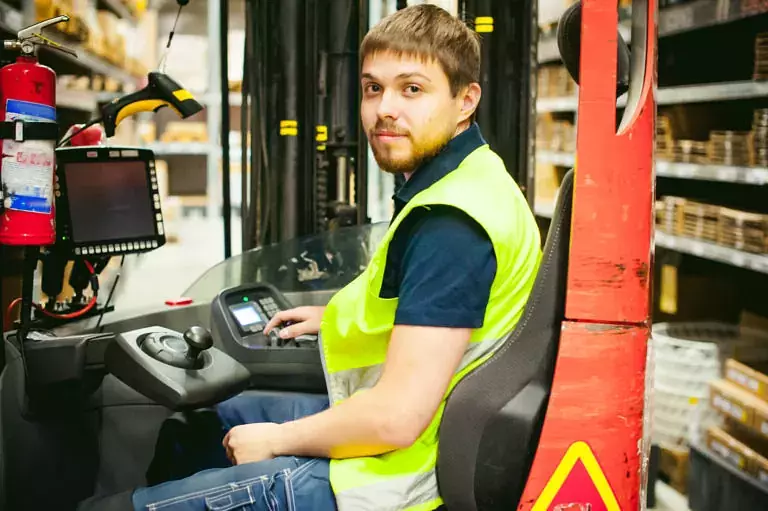 Are you concerned with the expenses that seem to endlessly stack up with owning your forklift? Are you looking for ways to slash your overhead whilst getting the most of your forklift truck? Do you hope to maximize your fleet in virtually all material handling applications? The answers and solutions are within reach and often not as complicated as it seems. The biggest liability to owning a forklift is not the parts, maintenance, or even insurance. It’s the driver. However, the good news is most of this can be amended by empowering your personnel to handle these vehicles in the best manner imaginable. Here a few ways to mitigate the risk associated with forklift drivers and how they can be the biggest cost for owning these sophisticated apparatus:
Are you concerned with the expenses that seem to endlessly stack up with owning your forklift? Are you looking for ways to slash your overhead whilst getting the most of your forklift truck? Do you hope to maximize your fleet in virtually all material handling applications? The answers and solutions are within reach and often not as complicated as it seems. The biggest liability to owning a forklift is not the parts, maintenance, or even insurance. It’s the driver. However, the good news is most of this can be amended by empowering your personnel to handle these vehicles in the best manner imaginable. Here a few ways to mitigate the risk associated with forklift drivers and how they can be the biggest cost for owning these sophisticated apparatus:
A Lack of Training
This is the single source of trouble for many drivers and why accidents occur. A lack of training allows skills to regress and fails to keep operators accountable for every-day mistakes. These deficiencies become ingrained in daily functions and duties and before long, an incident occurs, which can cost thousands. Keeping drivers sharp through regular driving training and simulations is a great way to mitigate these risks. According to Unicarriers, it can sometimes be a huge investment, especially if the forklift fleet is large. However, it is a worthy investment because the cost can quickly pay for itself. This can be chalked up to many things, including less damage and wear to the vehicles, more efficient and productive material handling, and less downtime for maintenance or battery changing. Training covers all of these areas in addition to basic navigation.
Focus on Ergonomics
The principles of ergonomics apply across the board to material handling, including forklift drivers. Implementing key performance indicators and creating a matrix-driven environment can define and clarify corporate requirements and set a standard for drivers to adhere to. In doing so, the overall cost of your forklift comes down while profit margins go up. Ergonomics also focus on safety be that a lack of safety can produce a wide range of liabilities and hazards. Integrating these practices into your warehouse or organization can assure alignment with targets while reducing your overhead. In addition to safety concerns addressed, drivers will be more inclined to select the right forklift for the job. Furthermore, wear and tear will be minimized be that all vehicles within the fleet will be appropriately used. Human error can often overlook this simple yet critical concept.
Compensation Claims
Driving a forklift can cause an influx of compensation claims if employees are injured as a result of malpractice. This narrative is influential in making drivers the biggest cost to owning a forklift. Not only can the driver itself be shelved with an injury and compensation claims, so can many colleagues. While accidents can happen, promoting accountability lowers the possibility of these incidents manifesting. Doing so will foster personnel welfare and slash costs that can be avoided in many circumstances.
